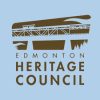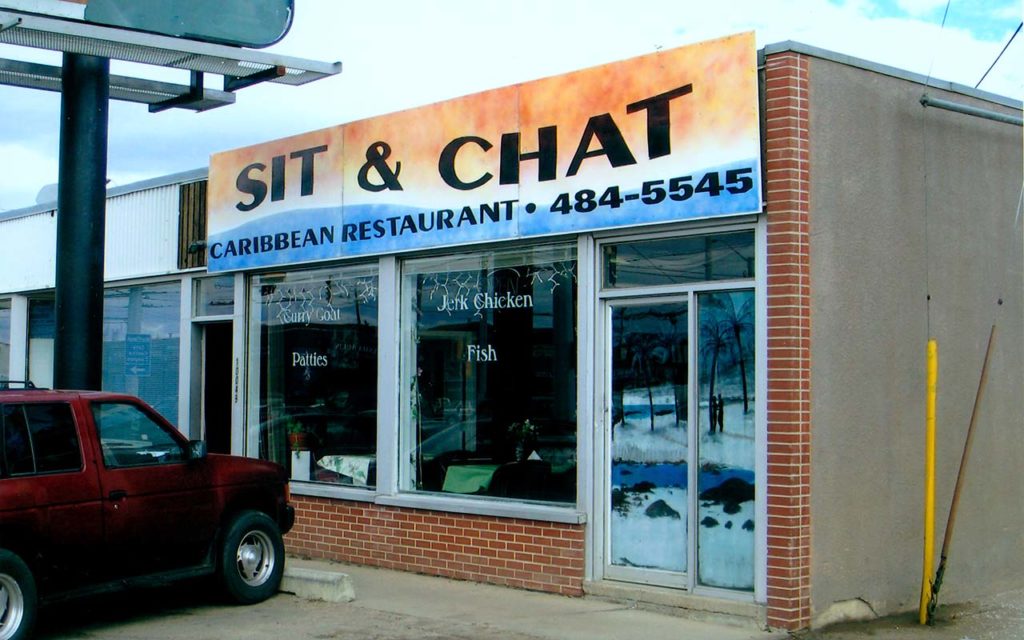
Donna Coombs-Montrose
Few places in Edmonton had greater impact on the Black Community than Jasper Place earlier in the 20th century. The Black Community has made alliances across boundaries of colour, place of origin, or migration circumstances. Although there were pockets of racialism lurking around the communities of Jasper Place, most newcomers were finding a sense of welcome in its growing multi-ethnicity and feeling of a Canadian ‘home’.
The Enoch Cree community had witnessed the settling of its lands by earlier enterprising European settlers engaged in homesteading and other businesses where new cultures would find space. Official calls for Southern US migration to Western Canada attracted hundreds of black families1.
Several hundred former enslaved and their families from Oklahoma and other southern states trekked north to Alberta in the early 20th century. Black settler families escaping Jim Crow laws in the Southern United States experienced tremendous systemic racism on their arrival and had to make their way to the remote and barren Amber Valley and environs. Some would later migrate to the Jasper Place area, as they found Amber Valley impossible to farm and difficult to support a family. Mrs. Alberta Lipscombe stated in an Edmonton Journal article that she and her husband had headed for Edmonton in the early 1950s “because we just couldn’t make it farming anymore“2. Richard and Monica Miles Lipscombe, Eric and Kathleen, Robert and Bertha, as well as Alberta and her husband Oswald James were among some of the Lipscombe families that thrived in Jasper Place between the 1950s into the 2000s.
An exciting chapter in the development of Jasper Place’s history was the arrival of Johnny Bright – one of North America’s all-time greatest football players and a triple Grey Cup winner with the Edmonton Eskimos. Mr. Bright escaped life-threatening racism in the United States by moving, first to Calgary, and then to Edmonton, Alberta3. According to Henderson’s Directory, John D. Bright resided at 16210 87th Avenue in Meadowlark Park from 1962 until his death in 1983, and brought fame and recognition to the area for his residence of choice. His monumental career, including as principal of Hillcrest Junior High School in Elmwood from 1970 to 1981 — where he was the “first black school administrator in western Canada”4 — and exemplary leadership resulted in the Johnny Bright Sports Park being named in his honour in West Meadowlark Park5. He also successfully coached the Jasper Place Rebels seniors basketball team to two city-wide championships in ’68 and ’69 and one provincial championship in 19716. While there are many other tributes to Mr. Bright around the City of Edmonton, Jasper Place bears the distinction of being called ‘home’.
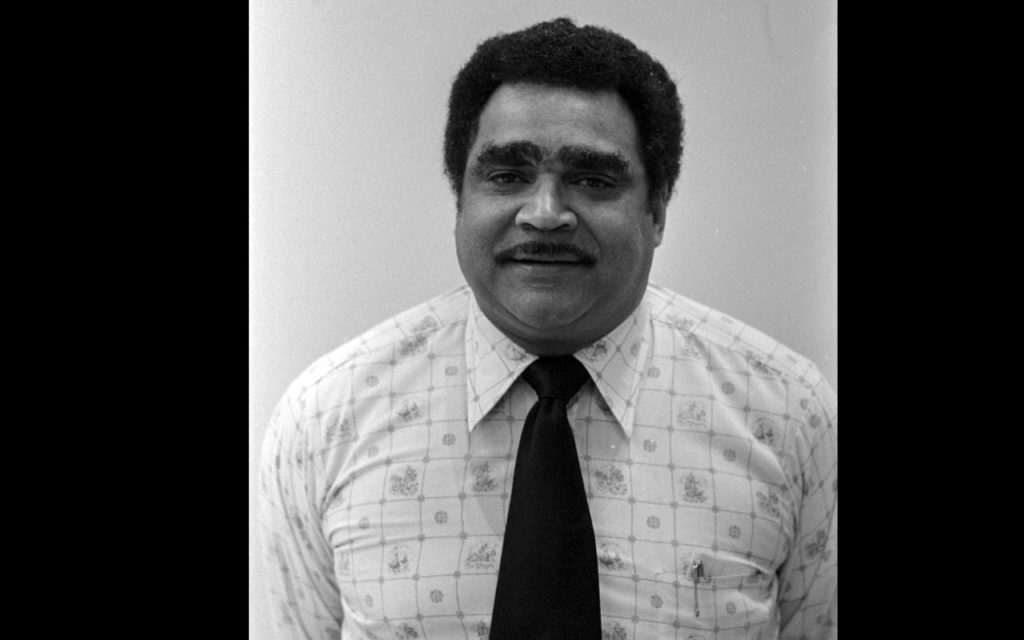
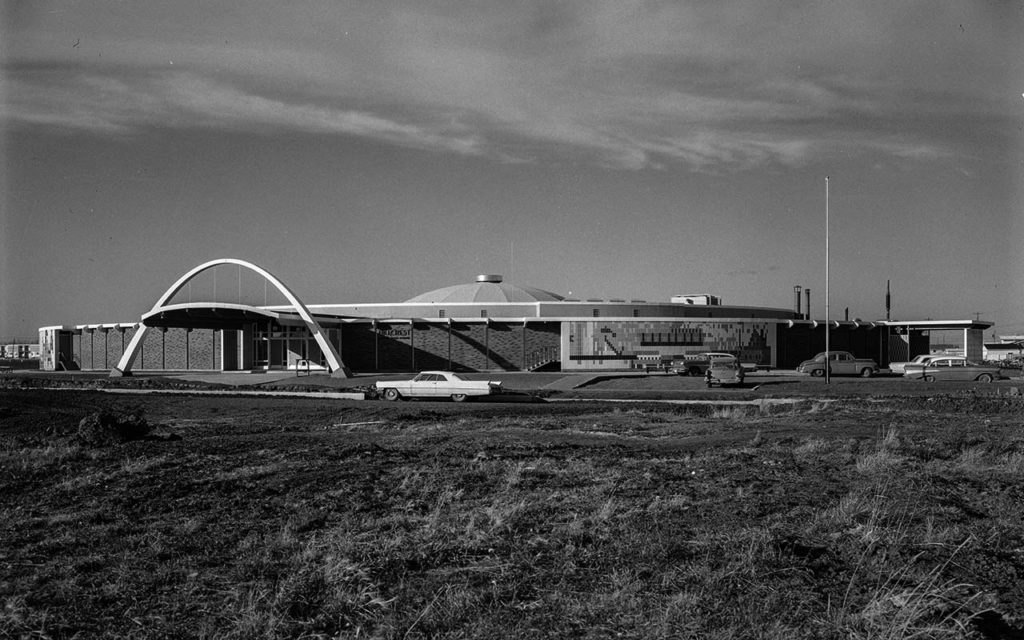
There was an increase in the number of black residents into Jasper Place between the 1960s and 1990s, newcomers who would make significant professional contributions to Jasper Place. The Federal Census of 1991 reports 35 new Caribbean arrivals for Glenwood. The 1996 Federal Census notes 60 Jamaicans arriving in Canora alone. Other migrations into Jasper Place brought distinguished residents like Masters degree holder Edmund Dale, Black Jamaican teacher at Jasper Place Composite High School in the early 1960s, whose impact included taking students on educational field trips to Jasper and other destinations. Later, after receiving a doctorate for a dissertation on the evolution of Edmonton’s City Council, Dale became the head of the Geography Department at the University of Saskatchewan7.
Edmonton had steady input from the Caribbean in the 1960s – 1990s, including to Jasper Place, with young Black entrepreneurs, professionals, workers and students seeking to take advantage of affordable rents and lower taxes. Shirley Romany opened up her first business venture – Shirley’s Place – at the corner of Stony Plain Road and 156 Street in 1968. Young RN Constance Thomas reports racism in finding living accommodation in the area. Work-related racism at the Misericordia Hospital also affected her family and workmates of colour. Chrystia Chomiak, who lived at 10440 152 St in the early 1960s, reports that a black family in Canora on her block was constantly bullied and harassed by a racist gun-toting neighbour. Her comments underscored the racial tensions that existed in some of Jasper Place’s neighbourhoods.
In the 1980s and 1990s, with increasing conflict in the Horn of Africa and other post-colonial territories, Canada rescued hundreds of refugees, some of whom came to Edmonton and Jasper Place. A prime example of this immigration resettlement is Goitom “Tom” Fessahye, who with his wife arrived from Eritrea in 1983. “Tom the Laundryman” opened his Jasper Place laundromat at 15239 Stony Plain Road in 2003, serving a large Indigenous community from as far away as Alberta Beach and Rocky Mountain House. Twenty years later, his clients from this increasingly marginalized community still speak of his generosity. Opposite to the Stony Plain laundromat, Mulu Mebazione, also from Eritrea, operated Lou’s Bar and Grill.
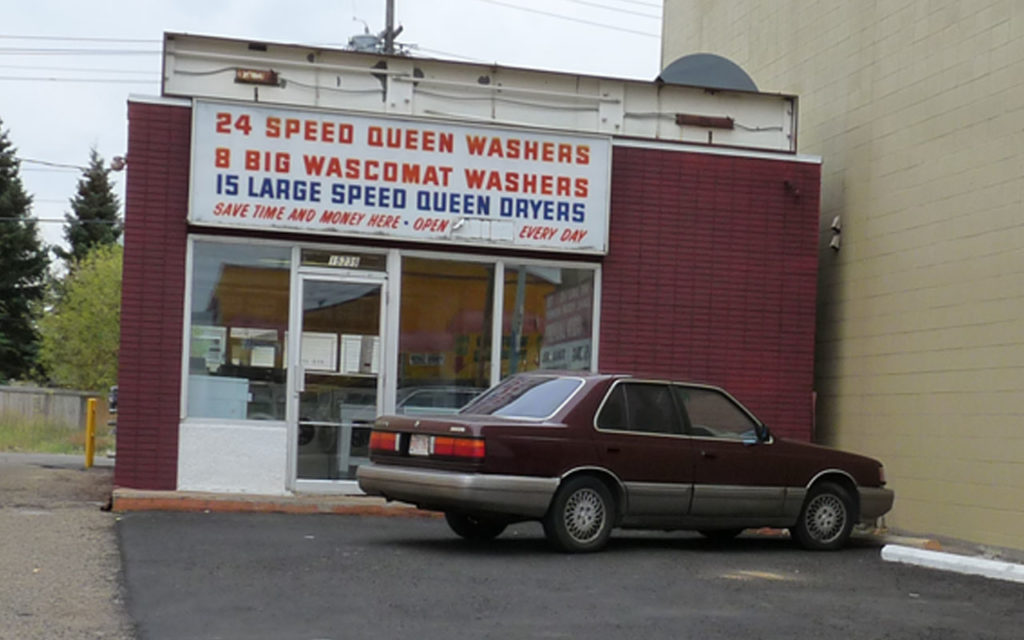
Several other black entrepreneurs have flourished in the area providing food and other social services. As a long-standing entrepreneur and community stalwart, Shirley Romany encouraged many to follow in her footsteps, while nurturing and training many stylists, barbers and recent school graduates. Romany, as an entrepreneur, has had a Jasper Place address since the 1960s. Out of her Stony Plain Road business, Romany also operated a grooming service on demand for celebrities performing in Edmonton during the 1970s and 1980s. Among her clients was Black American singer/songwriter Gladys Knight whose photo with S. Romany hung in her business place for many years.
In the catchment area, Shirley’s Bronze & Cream Hair Salon and Wig Centre, GQ Barbershop, Island Grill, Sunset Reggae Kitchen, G&S Hair, Beauty & African Foods, Sammy’s Mini Mart, Adom Tropical Foods, Ebony & Ivory, and Sit & Chat are all businesses that have served and still serve a thriving black community.
Sit & Chat Restaurant was owned and operated by Trinidadian entrepreneur Mark Muir at the corner of Stony Plain Road and 156 Street. It opened in 2005 as a prime location for tasty Caribbean food prepared by chefs brought from the Caribbean. This restaurant had the distinction of hosting Nobel Laureate Derek Walcott, University of Alberta’s inaugural Distinguished Scholar in Residence in 2009. World renowned Professor Walcott was Caribbean-born and requested to be taken to Sit & Chat.
In more recent years, as new immigrants and refugees have been relocated to Jasper Place, the community has welcomed residents from Ghana and Burundi, among others; the Burundian Community of Canada Alberta (BCCA) operates from the old Canora School Building at 15450 105 Avenue.
The current and long-term construction due to the Valley Line West LRT project has created some upheaval for black and other businesses in Jasper Place. Some already feel the impact of loss of clients with current road closures and diversions. Others are hopeful that, as the black community continues to grow, there will be a revitalization once construction is completed.
Sources
1Jennifer Kelly, et al., And Still We Rise: A Black Presence in Alberta: late 1800s – 1970s, virtual exhibit hosted by Edmonton City as Museum Project; Oklahoma Contemporary, Descendants of the Black 1000: Flight from Oklahoma Black Town to Canada – Artist Talk [with Donna Paris and David Ofori Zapparoli],” November 9, 2023.
2 “Pioneer watches over kin who found peace in valley,” Edmonton Journal, July 8th, 1975, p. 17, via Newspapers.com.
3 Gaius Chamberlain, “Heroes, Sports: Johnny Bright,” Great Black Heroes, January 14, 2015; PBS, The Bright Path: the Johnny Bright Story, August 5th, 2023.
4Brian Brennan, “Johnny Bright: Football player and school administrator (1931-1983),” Building a Province: 60 Alberta Lives, Fifth House Publishers, 2000, pp. 185-186.
5Christina Frangou, “Park a “Bright” spot for legend’s family,” Edmonton Journal, Aug. 6, 1999, p. 22, via City of Edmonton Clippings files.
6Gorde Sinclair, “No bridge for Bright as Rebels take title,” Edmonton Journal, March 15, 1971, p. 20, via Newspapers.com.
7“City rejects publishing opportunity,” Edmonton Journal, Aug. 27, 1969, p. 58, via Newspapers.com.
Donna Coombs-Montrose is a founding member and current board member of the Alberta Labour History Institute (ALHI). She holds a BA (History) and a MSLS. Donna served on the board of City festival CARIWEST from 1999 to 2017, including serving as its President for 10 years. She continues to be an active volunteer. Donna is one of a group of 5 women who started the Caribbean Women Network and is a past member of its board. She is a past Juror for the Edmonton Arts Council and other juries. Donna is a community activist who has supported and continues to support many other community organizations including Council of Canadians of Caribbean and African Heritage (CCACH).
Do you have any comments about this article or memories to share? Click here.


